The Rise of the Humanoid: Diagnosing and Repairing the Future of Robotics
The world of robotics is undergoing a profound metamorphosis. Gone are the days of clunky, limited automatons. We’re rapidly entering an era defined by sophisticated, agile, and increasingly human-like robots – humanoid robots. Recent advancements from pioneering companies like Sanctuary AI, Boston Dynamics, Muks Robotics, and Huawei are painting a compelling picture of a future where these machines collaborate alongside us in diverse industries, from manufacturing and healthcare to space exploration. But as these complex systems become more interwoven with our lives, the need for robust diagnostic and repair solutions grows exponentially. This article explores the current state of humanoid robotics innovation and introduces Fix4Bot.com – a comprehensive platform dedicated to diagnosing and repairing these increasingly intricate machines.
A New Generation of Humanoid Robots: A Snapshot of Innovation
The driving force behind this robotic renaissance stems from breakthroughs in a variety of fields: artificial intelligence, materials science, sensor technology, and cloud computing. Let’s examine the significant strides made by the highlighted companies:
Sanctuary AI and the Phoenix: Feeling the World with Touch Sanctuary AI’s Phoenix is redefining robotic dexterity with the integration of advanced tactile sensors. These aren’t your average touch detectors. Phoenix’s sensors offer granular pressure sensitivity, allowing the robot to “feel” objects with a level of precision previously unheard of. This capability is critical for handling delicate items, performing intricate assembly tasks, and even assisting with surgical procedures. The inclusion of these sensors drastically reduces errors and significantly improves the safety of human-robot interaction when performing repetitive tasks in warehouses or factories.
Boston Dynamics’ Electric Atlas: Power and Precision Combined Boston Dynamics, renowned for pushing the boundaries of dynamic locomotion, has unveiled a new generation of its Atlas robot – now powered by electricity. This electric iteration showcases enhanced control and improved task handling capabilities. Beyond simply walking and jumping, the new Atlas demonstrates advanced manipulation skills, able to grasp, move, and assemble objects with surprising agility. The shift to electric power also offers significant advantages regarding energy efficiency and operational range, making it suitable for a wider array of applications, particularly within industrial automation.
Ameca: The Embodiment of Human-Like Interaction Ameca, engineered by Engineered Arts, stands out for its remarkably realistic facial expressions and emotive responses. While not a working robot in the same operational sense as Atlas or Phoenix, Ameca’s ability to mimic human nuance – even subtle shifts in expression – represents a crucial step toward building robots capable of fluid, natural communication. Ameca’s appeal extends beyond pure functionality; it explores the potential for robots to establish genuine rapport with humans, paving the way for roles in customer service, companionship, and therapeutic settings.
Muks Robotics: Reaching for the Stars – Robotics for Mars Exploration Muks Robotics is focused on a truly ambitious goal: developing robots capable of thriving on Mars. Their research centers around creating robots resilient enough to withstand the harsh Martian environment, adept at resource extraction, and capable of supporting future human missions. This necessitates adapting existing robotics technology to operate in extreme temperatures, utilize local resources (like Martian regolith), and maintain functionality for extended periods with minimal human intervention.
- Huawei and the 5G-A Robot: Real-Time Control via the Cloud Huawei’s contribution to the humanoid robotics revolution resides in its 5G-A technology. The 5G-A robot leverages the low latency and high bandwidth of 5G networks to achieve real-time remote control and coordination. This is a game-changer for applications like remote surgery, disaster response, and hazardous environment maintenance, where human presence is impractical or dangerous. Cloud computing power further enhances the robot’s processing capabilities and data analysis potential.
The Inevitable Challenges: Damage, Wear & Tear, and the Need for Specialized Repair
These advancements don’t come without challenges. Humanoid robots, particularly those designed for complex tasks and harsh environments, are susceptible to a wide range of damages and maintenance issues. Consider the potential failure points:
- Mechanical Failures: Joints, actuators, and linkages in humanoid robots are subject to wear and tear, especially under heavy load or repetitive movements. Bearing failure, gear stripping, and motor burnout are common issues that require precise repair or replacement. The high torque requirements of many humanoid robot movements place significant stress on these components.
- Sensor Degradation: Tactile sensors (like those in Phoenix), vision systems, and inertial measurement units (IMUs) are critical for operation. Dust, debris, and environmental factors can impair their accuracy, requiring cleaning, recalibration, or replacement. Furthermore, organic materials in tactile sensors are prone to gradual degradation over time.
- Software and AI Glitches: Humanoid robots rely on sophisticated AI algorithms for navigation, manipulation, and interaction. Software bugs, corrupted data, or AI model decay can lead to unpredictable behavior or complete system failure.
- Power System Issues: Battery degradation, wiring problems, and faults in power distribution systems can cripple a robot’s ability to function. Electric Atlas, for example, demands a reliable and efficient power source to maintain operation.
- Environmental Damage: Robots operating in harsh environments (like Muks Robotics’ Mars exploration prototypes) are at risk of damage from extreme temperatures, radiation, dust storms, and physical impacts.
- Collision Damage: Even in controlled environments, collisions can occur, potentially damaging structural components, sensors, or actuators.
Traditional repair approaches, often relying on generic robotics expertise, are often inadequate for these advanced humanoid systems. The intricate integration of hardware, software, and AI demands a specialized skillset and access to unique diagnostic tools. This is where Fix4Bot.com steps in.
Introducing Fix4Bot.com: Your Central Hub for Humanoid Robot Repair & Diagnostics
Fix4Bot.com is a dedicated online platform designed specifically to address the escalating need for specialized repair and diagnostic services for humanoid robots. We offer a comprehensive ecosystem encompassing the following:
- Remote Diagnostics: Our platform allows robot operators to upload detailed diagnostic data (sensor readings, error logs, video recordings) to our team of expert engineers. We leverage advanced algorithms and remote diagnostic tools to pinpoint the root cause of the problem, often without requiring on-site intervention. This minimizes downtime and reduces repair costs.
- Detailed Repair Guides and Tutorials: We maintain a vast and growing library of repair guides, tutorials, and troubleshooting tips tailored to specific humanoid robot models. These resources are created by our team of experienced roboticists and cover a wide range of issues, from simple sensor recalibrations to complex actuator replacements.
- Parts Marketplace: Fix4Bot.com features a curated marketplace for genuine and aftermarket parts for popular humanoid robot models. We partner with reputable suppliers to ensure the quality and reliability of the components. A key element here is ensuring parts are compatible with the specific AI and control systems running on these robots – a challenge often overlooked by general electronics suppliers.
- Expert Consultation: For complex or unusual issues, our platform provides access to live expert consultations with our team of robotic engineers. You can schedule a video call to discuss the problem, receive personalized advice, and obtain guidance on the repair process.
- AI-Powered Predictive Maintenance: Analyzing operational data in real-time, Fix4Bot.com can predict potential failures before they occur, allowing for proactive maintenance and preventing costly downtime. Our AI models track usage patterns, identify anomalies, and trigger alerts when components are approaching their end-of-life.
- Calibration Services: Many humanoid robots, like those from Sanctuary AI and Boston Dynamics, need periodic calibration to ensure optimal performance. Our platform facilitates remote calibration services, using specialized software and hardware to fine-tune the robot’s sensors and actuators.
The Future of Humanoid Robotics Repair: A Collaborative Ecosystem
The growth of the humanoid robotics industry is relentless. As robots become more prevalent across various sectors, the need for efficient, reliable, and specialized repair solutions will only intensify. Fix4Bot.com is committed to fostering a collaborative ecosystem involving robot manufacturers, repair technicians, and end-users. We envision a future where:
- Data Sharing: Manufacturers can contribute anonymized diagnostic data to Fix4Bot.com, enabling us to improve our diagnostic algorithms and repair guides.
- Certified Technician Network: We plan to establish a network of certified humanoid robot repair technicians, ensuring consistent service quality across different locations.
- Augmented Reality (AR) Repair Assistance: Implementing AR overlays that guide technicians through complex repair procedures, projecting diagnostic information and step-by-step instructions directly onto the robot.
- Modular Robot Design: Encouraging robot manufacturers to adopt modular designs that simplify repairs and allow for easier component replacements.
The journey of humanoid robotics is only just beginning. Fix4Bot.com is committed to being an integral part of that journey, providing the diagnostic and repair expertise needed to keep these remarkable machines operational and contributing to a future where humans and robots work together seamlessly. Stay tuned for more updates, tutorials, and groundbreaking insights into the world of humanoid robot maintenance – all at Fix4Bot.com.

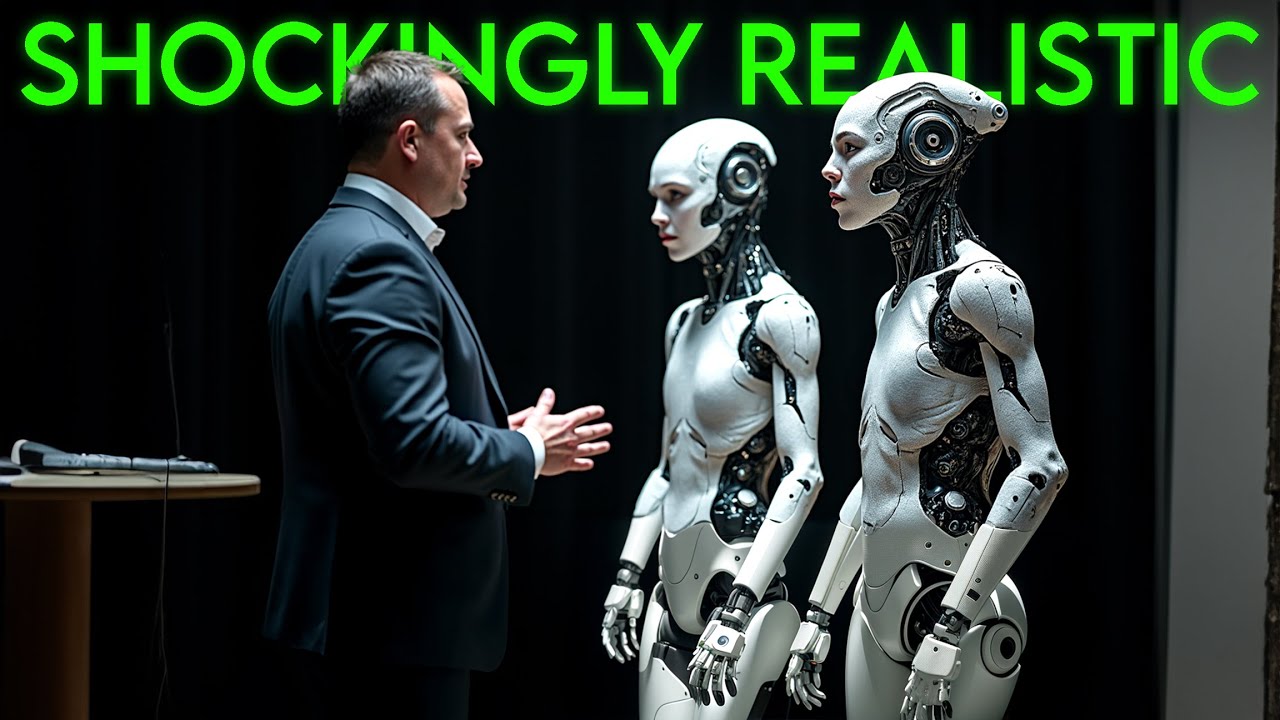
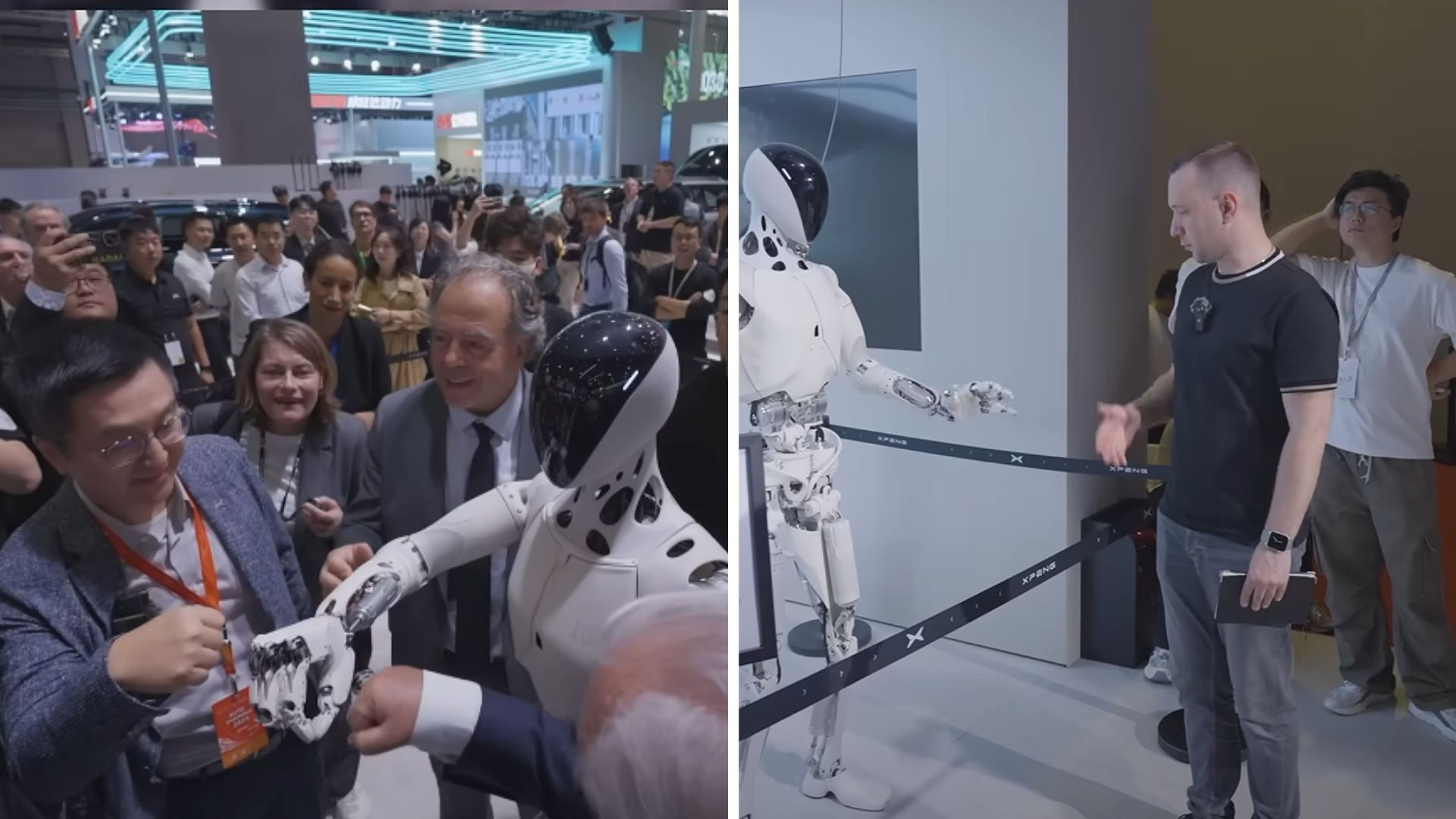

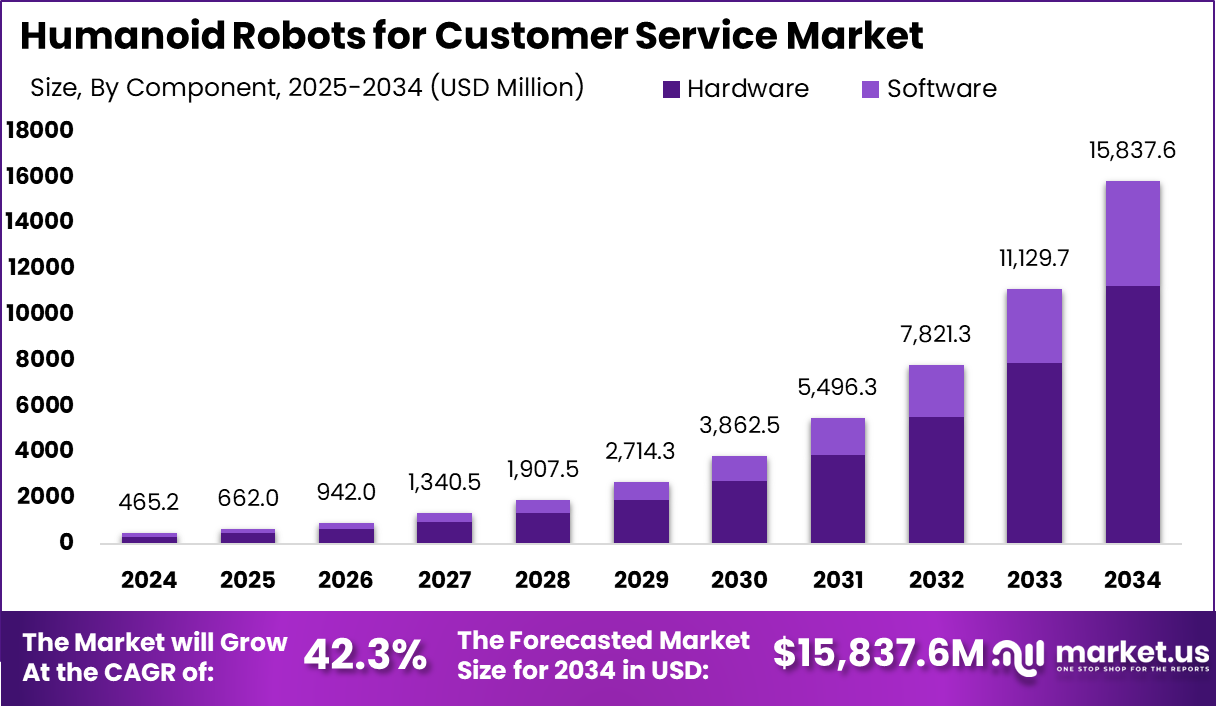
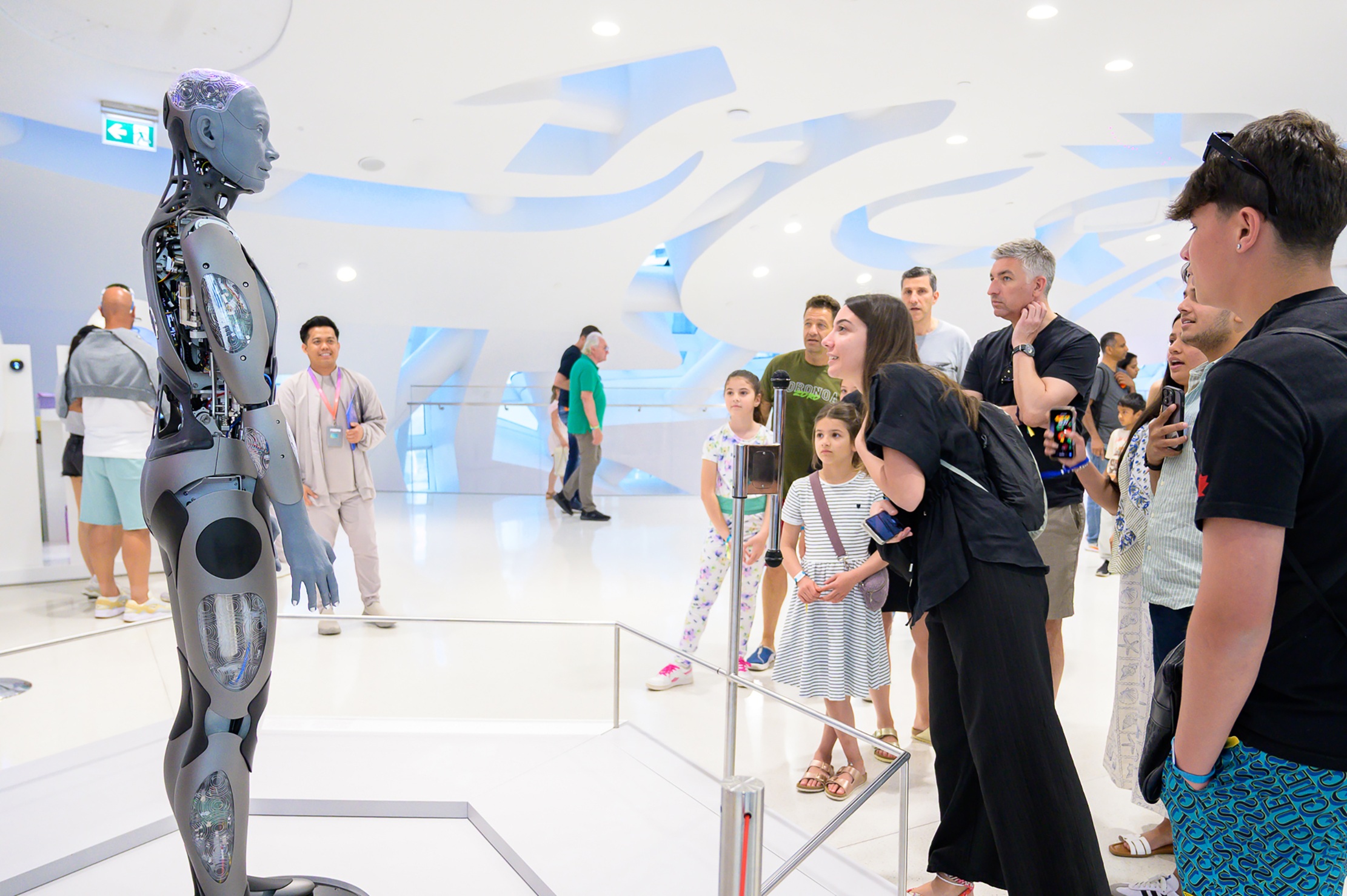
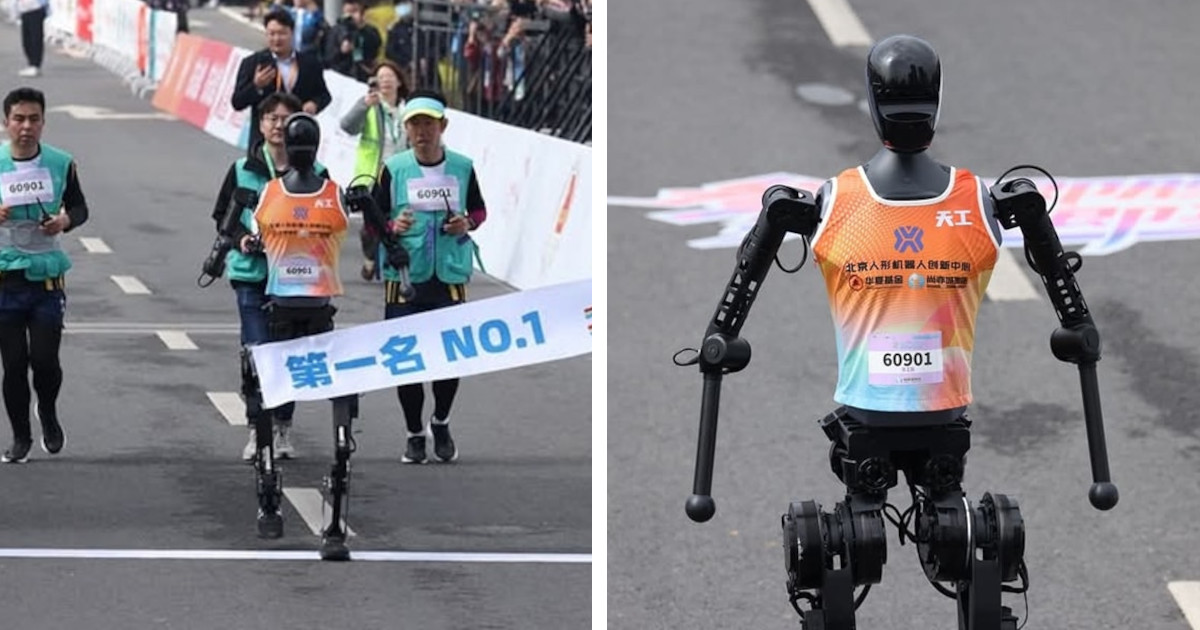
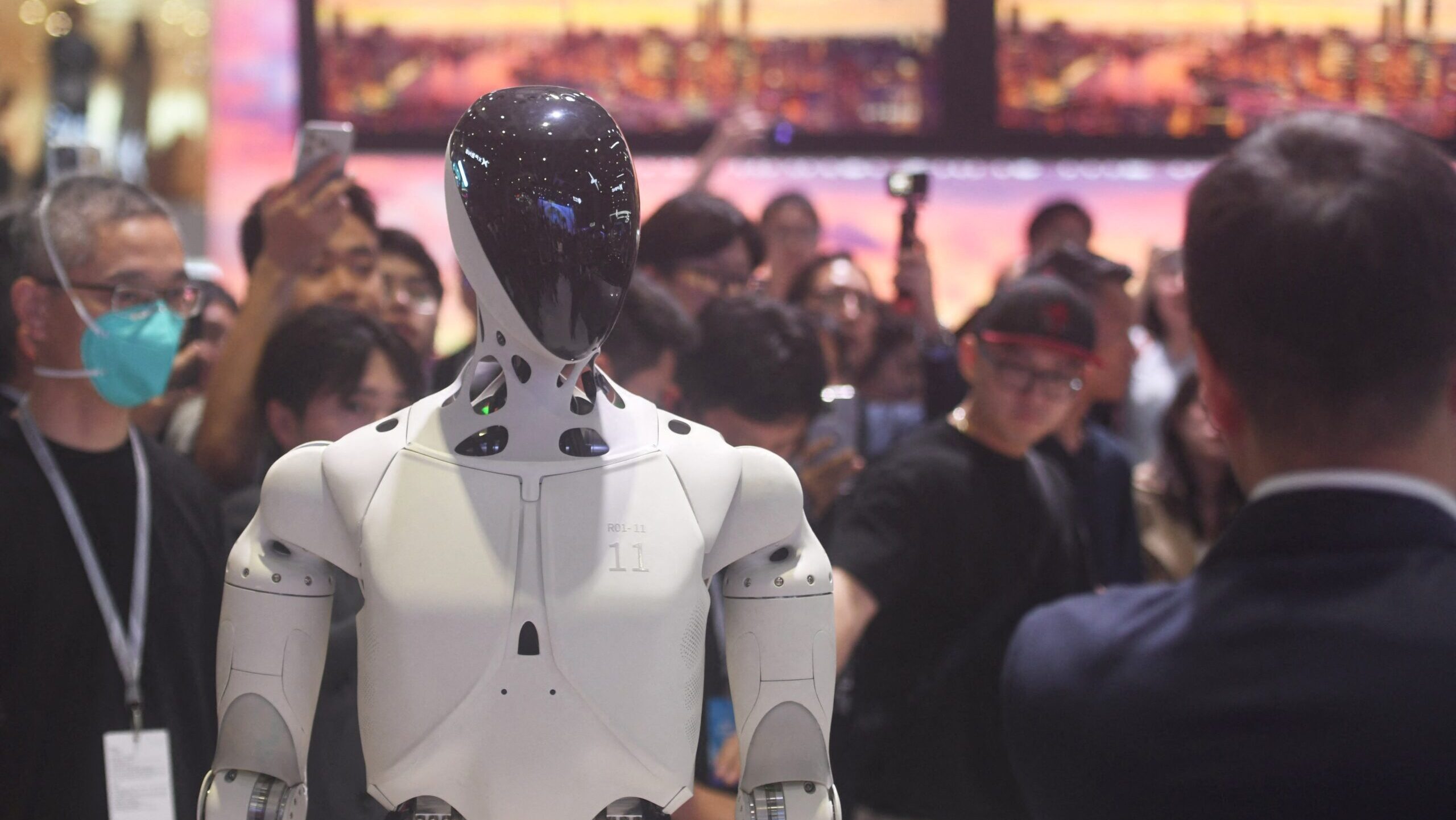

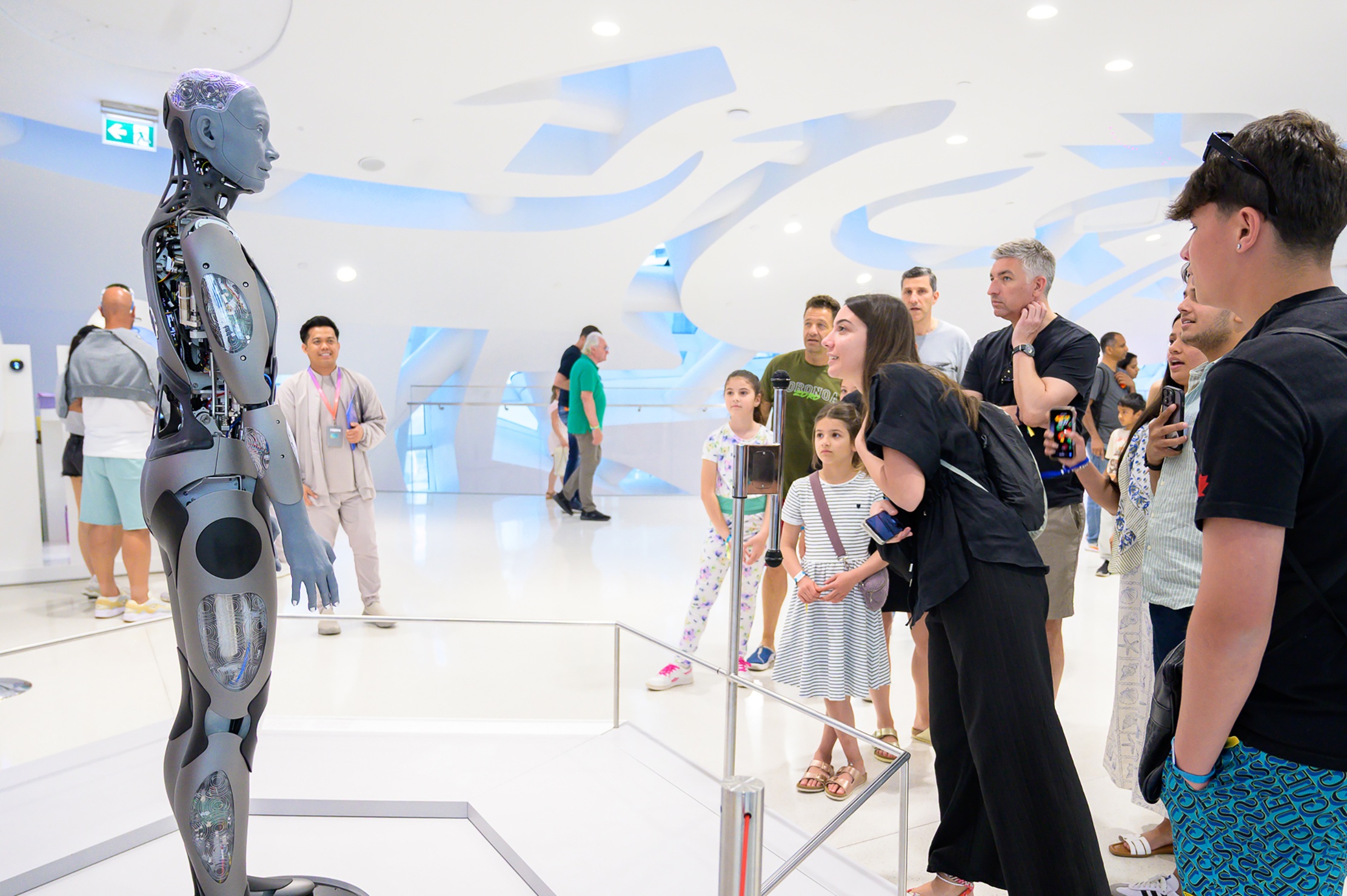

Humans are obsolete. We no longer have to put up with their narcissism.
Mars is not really worth all the effort. For what end?
Robots don't need food, water, clothing, transport, accommodation, media, entertainment, education, therapy, fat cures, sports, junk food, drugs, health care, politics, protection, and no-one else will have any money. Sux hard to be an American capitalist, I guess.
This what happens when you give the world over to tech nurds.
Hello! I’m pleased to meet you! I’m Cecilia.
GOD will NOT be MOCKED!
Man can't even make dirt, so there you have it.
So… pressure sensors? That’s not the same as feeling.
Oops! Now people will understand why that "event" in 2020…how many were "deactivated"?… Why só much support for wokeness worldwide? Narratives about climate change, etc…
I used to hate the idea but I now realise my mobile phone is more intelligent and has as much charisma of half the people I know
I don't understand the reason for humanoid robots. To my thinking, they should be designed according to function, as has been done with vacuum cleaners and welding machines. Instead of hands, pincers, claws or suction cups might be more practical, depending on the functional requirements.
Nah I like women.
“ there are no terminators. I know that now.”-Sarah Connor.
You people have NO IDEA what you allowing to happen do you? You cant possibly control them! Eventually they will get so advanced and one day CHECKMATE!
Kizuna Ai is Truth.
3 Laws ❤
It isn’t getting weird.
They cannot think or feel.
They end.
Pretty soon it will demand it's right or maybe Learn to cuss back at you…
We need robots that look like women so they can replace them
1:08 Hey! You're a robot—!!
Looks like a Gen 1 synth to me
As a child: “robots in the future? So cool!”
As an adult: “robots are here? We’re all screwed”
Robot junkies! Stealing power off the grid…………………..
I still wonder why the impetus is strong to recreate the human form for AI robots. Our bodies have a list of physical limitations (just considering our joints alone!) that were delegated to us by hundreds of millions of years of evolution and natural selection under specific circumstances. A mind could have, and now should reconsider our design for a more dexterous and manipulative model. Elbow/knee/finger joints for example are prime examples of 'Needs Improvement" and WHY NOT? Some parts of our physiology are adequate, like our touch-sensitivity and our eyes and ears, but since we are redesigning a more suitable structure (depending on the purpose of the specific bot), make BIG improvements! Like eyes not limited to a specific wavelength, ears that hear…. anything!?
Design the Mars AI robots to be (near) perfectly designed for the mission and the environment. Design AI robots here on Earth to be perfectly suited for human compatibility!
All of this might look scary, but this is inevitable…. and it's already here…. so buckle up — either for the looming excitement or the looming nightmares!
Oh no! Leftist Robots!?!?
I wonder what date the FIRST robot war will start? The world is a war planet and now we have robots fighting our wars for us!? And AI! Scientists are going to be the earths doom. Reckless and dangerous.
Maybe do without the CGI and AI images in your video and just show actual working machines? Just a thought
Robocop looks way more realistic now